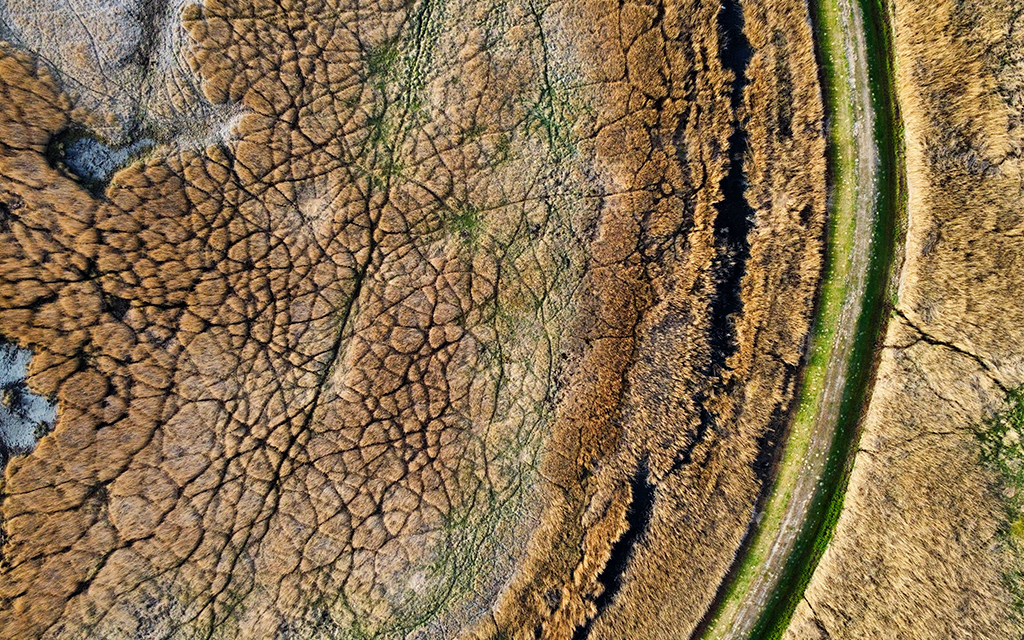The ARGUS project demonstrates how open-access satellite remote sensing data and the Revised Universal Soil Loss Equation (RUSLE) methodology can be effectively combined to monitor and assess soil erosion risks at European cultural heritage sites. By integrating geospatial analysis, multi-temporal datasets, and a unified modelling framework, the research offers an innovative, cost-effective approach for sustainable management and preservation of heritage landscapes.

The study focuses on four culturally and environmentally diverse pilot sites: Baltanás in Spain, Sant’Antonio di Ranverso and Monti Lucretili in Italy, and Delos Island in Greece. These locations represent different climatic zones, geomorphological conditions, and heritage typologies—ranging from underground cellars and medieval architecture to ancient archaeological remains—making them ideal for testing the robustness of the methodology across varied contexts.
Using standardised European datasets such as ESDAC, SoilGrids, and CORINE Land Cover 2018, the research team applied the RUSLE model to estimate annual soil loss. The model incorporates five key parameters—rainfall erosivity, soil erodibility, cover management, slope length and steepness, and support practices—to calculate spatial erosion risks. The resulting maps were validated against existing RUSLE datasets (2010 and 2015) from ESDAC, confirming consistency and reliability.
The findings reveal significant erosion vulnerabilities across the pilot sites. Monti Lucretili shows the most severe impact, with more than 61% of the area experiencing moderate to extreme soil loss. Sant’Antonio di Ranverso and Delos Island face 12.66% and 14.76% high to very high erosion risk respectively, while Baltanás presents a more balanced profile—66% of its area at low to moderate risk, but over 30% facing high to severe erosion.
Beyond the quantitative results, the study highlights how topography, vegetation cover, rainfall intensity, and land-use practices play a crucial role in shaping erosion patterns. It also underlines the importance of geospatial technologies and open-access data as tools for early detection and risk management—especially in remote heritage areas where on-site monitoring is limited.
The implications are far-reaching. By providing spatially explicit risk maps and identifying erosion-prone zones, the research supports targeted conservation measures, such as vegetation restoration, erosion control structures, and sustainable land-use planning. Moreover, it lays the groundwork for future research integrating urban expansion, flood, and fire risk assessments, as well as AI-based predictive models for long-term heritage preservation.
Ultimately, the study represents a significant step forward in applying Earth Observation technologies to cultural heritage management. It demonstrates how the integration of remote sensing, GIS, and environmental modelling can empower decision-makers to protect heritage assets from the escalating impacts of environmental degradation and climate change.